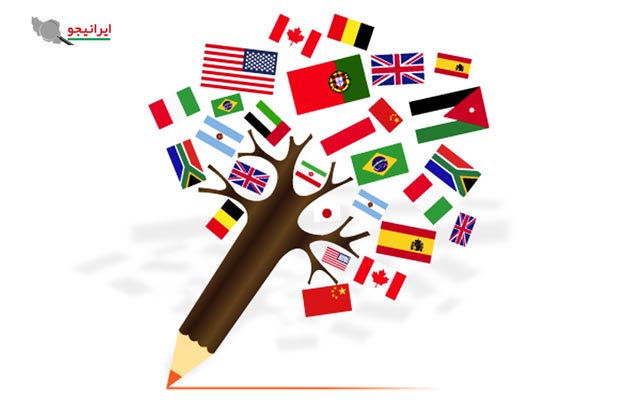Language Communication Guide

본문
Authorized translations, also known as certified translations, are one of the most common and recognized forms of official translations. Authorized translations involve translating records from one language into another by a experienced translator, and then having the translation verified by a experienced translator or a authorized translator. The endorsement provides a certainty that the translation is complete, and that the translator is experienced to perform the job.
Real-Time interpretations typically involve in-the-moment translations and are often used in business, foreign service settings, and academic settings. This type of translation requires the communicator to translate one language into another in real-time, ترجمه رسمی در پونک allowing the communication between speakers of different languages to occur smoothly. Real-Time interpretations require a great language proficiency and can be tiring due to the attention needed to interpret intricate information in real-time.
Consecutive interpretations, on the other hand, involve a different approach to language communication. Instead of translating simultaneously, a sequential interpreter translates the conversation or presentation in shorter segments, usually after each utterance, before proceeding with the next part.
Terminology translations involve translating technical or defined terms and colloquialisms into a target language. Glossary translations cover specific vocabulary and ensure accuracy across different areas, particularly where specialized vocabulary is critical. These renderings are invaluable in settings such as medical dialog, legal exchange, and research exchange where technical language can have critical outcomes.
Linguistic review is a assessment process that is carried out by a specialist to ascertain the translation grade of a text of text. This process ensures the exactness and homogeneity of the information, and helps to eliminate potential mistakes. Translation verification can be carried out electronically or using automated tools and is a critical step in the quality assurance process of translations.
Knowing the different types of official renderings can help individuals overcome intricate exchange situations and ensure the precision of facts. In today's increasingly international setting, official interpretations play a critical role in facilitating effective exchange among participants from diverse cultural origins. By understanding these concepts and knowing how they apply to various situations, people can ensure effective outcomes and strengthen strong worldwide collaborations.


댓글목록0
댓글 포인트 안내